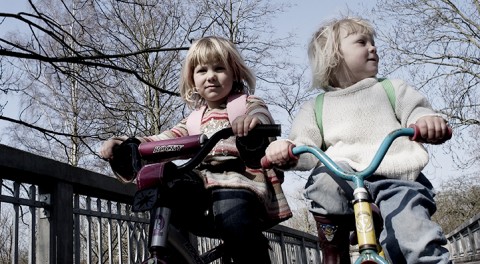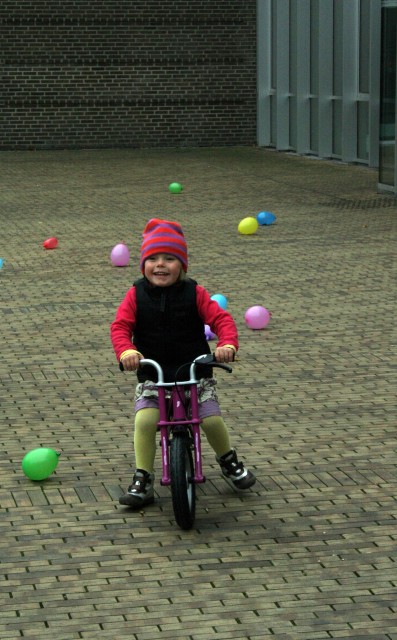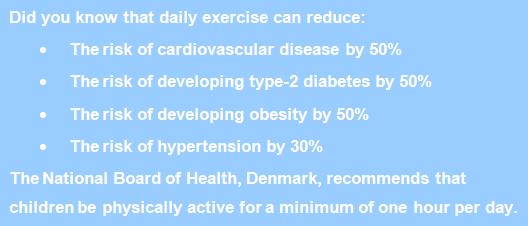
The number of lifestyle-related diseases is on the rise. However, socio-economic studies show that there is a lot to be gained by learning healthy transport habits from an early age—both in terms of fitness ratings and good spirits.
By Malene Kofod Nielsen, COWI, and Connie Juel Clausen, Municipality of Odense
The World Health Organisation (WHO) estimates that in 2020, 70% of all diseases will be lifestyle-related diseases. Habits and action patterns are established in childhood, and it is thus important that children learn good habits early on so a good foundation for a healthy lifestyle can be laid.

For the past 30 years, the share of children who are driven to and from school in Denmark has increased by almost 200%. The consequence is greater insecurity for other children on their way to school, as well as the foundation of a bad habit with significant consequences for the child’s health and well-being.

Illness, fitness rating, and self-esteem
Lars Bo Andersen, Professor at the University of Southern Denmark, studied exercise habits among a large group of children, the results showing that the children who cycle to and from school has a markedly better fitness rating than the children who are driven to school. Being fit is important because people out of condition have a vastly increased risk of ill health. Interestingly, the study also showed that the children who cycle to school are more physically active during the remainder of the day. COWI has made some socio-economic analyses of cycle initiatives. The effect of cycling on health and a longer life has been calculated in a number of cases in Copenhagen. The average health effect of cycling adds up to 5.5 DKK per km for people more than 16 years old: In light hereof, one can also expect positive effects for children.
In addition to the obvious advantages in terms of health, a number of surveys show that inactive children perceive themselves as less happy, more helpless, more tired, and lonelier than children who get exercise. Active children, moreover, have a higher stress threshold as well as a better power of concentration and memory than inactive children.

Getting there
Several Danish municipalities have focussed on the children’s school routes for many years. Despite good conditions for cycling and a long-standing focus on children’s cycling habits, there is a tendency that fewer parents cycle with their children to school or let their children cycle on their own. This is often due to a perception of it being unsafe, rather than an actual risk.
In Odense, efforts to secure the children’s school routes in terms of the physical design are seasoned with other initiatives as well. For example, they are in the process of developing a “cycle summer school” where incoming school children – incoming cyclists – can learn to cycle their route to school before the school term starts. Thereby, children can learn to cycle securely and confidently, and their parents will get confirmation that their children can manage on the route to school and know how to handle various situations. Other fun initiatives include a Christmas workshop with a course where you can train to be Santa’s cycling helper.
The aim of the many initiatives is to give the children good experiences, teach them to master a bicycle, and lay the foundation for good cycling habits at an early age so they will cycle to school—and hopefully also their whole life through.
